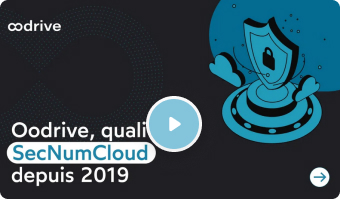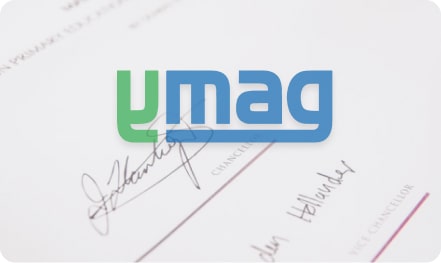The electronic signature is gradually being adopted by organisations, owing to the multiple benefits it offers: saving time, cutting costs, increasing security compared with handwritten signatures, etc. But, we often forget to mention that it is also a very powerful onboarding tool.
Both because remote signatures simplify the formalities associated with the recruitment process and then integration and also because it is good for corporate image – why not give your employer brand a boost?
Focus on onboarding and the benefits of an electronic signature solution to integrate new talent more efficiently!
Onboarding, an essential corporate process
What is the best approach to integrating new collaborators? This is a key question.
It is true that the integration process is an essential step for every newly-recruited employee to find their marks, so they can be trained efficiently in the use of in-house tools but also so that they gain a sound understanding of how the company is organised, how it works, as well as the values it upholds.
So, what exactly is onboarding?
The process called ‘onboarding’: is how employees are welcomed onboard the corporate jet plane!
A key stage which starts during recruitment, from the moment the employment promise is signed and which runs right until the new arrival feels perfectly at ease in their new work environment – from a hardware, operating, and, of course, human level.
This can sometimes be a long process which requires creating (and maintaining) links, providing advice and support and engaging novice employees.
Why is integrating collaborators so important?
This process has the benefit of helping collaborators to integrate and get their bearings, and to significantly reduce the risk of unexpected departures.
It is also a way of boosting efficiency, to favour performance right from when the position is taken up, by reducing the learning curve as much as possible thanks to well thought-out induction of new employees.
Therefore, it is essential to ensure that your new collaborates are brought on board successfully… And, in this respect, the electronic signature is a major driver of success!
Identification and integrity: two good reasons to adopt the electronic signature
Of course, onboarding brings with it paperwork, administrative formalities and (too many) documents to sign.
Requirements that begin with the recruitment process, and which continue throughout the period of employment of your collaborators, long beyond the integration period.
So, why is it a good idea to use the electronic signature at this stage? Because it offers two benefits that are likely to encourage adoption:
- Unequivocal identification of the signatory, via a more or less advanced authentication process depending on the guarantees related to it (simple, advanced or qualified signatures) and the necessity to obtain an electronic certificate beforehand.
- It guarantees the integrity of the signed document, thanks to a mechanism which seals the latter at a given moment in time to prevent any subsequent changes or alterations.
Two reasons which explain why the remote signature benefits from probative legal value equivalent to a handwritten signature – and even offers much better security. All you need to significantly simplify the integration process for new arrivals.
From successful integration to boosting your employer brand: how the remote signature optimises corporate processes
Simplification of formalities linked to the integration of new collaborators is, indeed, one of the major benefits of the electronic signature.
Thanks to the security component mentioned above, you have the possibility of issuing a recruitment promise and then having it or the related work contract signed online with complete confidence.
No need to have your candidate travel to the workplace merely to sign a document. No time wasted printing, sending by postal mail, scanning, archiving…. and thousands of other fastidious time-consuming tasks.
Such formalities can be completed in the blink of an eye, and the same is true for all signatures that are essential when taking up a new position: non-disclosure agreements, documents related to the prevention of professional risks, confirmation of reception of equipment, complementary health insurance contracts, amendments to work contracts to cover remote working practices, etc.
All that has to be done to ensure smooth, successful (and easy) integration of new collaborators within your company.
Benefits that go (way) beyond onboarding
But, the appeal of the remote signature is not just restricted to the integration phase: the benefits of this solution can be leveraged throughout the term of your collaborator’s commitment, as you can have any type of in-house document signed in this way.
For human resources, it is a welcome time saver. A solution like Oodrive Sign includes features covering the creation of pre-defined models that can be filled out automatically with personalised data (thanks to “Smartfields”), reminders for signatories and monitoring of the signature process in real time, etc.
More generally, the electronic signature helps improve the collaborator experience on a daily basis (ease of adoption of the tool, access from anywhere with just a web connection, etc.) and enhances your corporate image – your employer brand.
Therefore, a way to show an innovative and more attractive face, to differentiate from other organisations, and to attract the attention of new talents to recruit. A virtuous circle only made possible by the distance signature!








